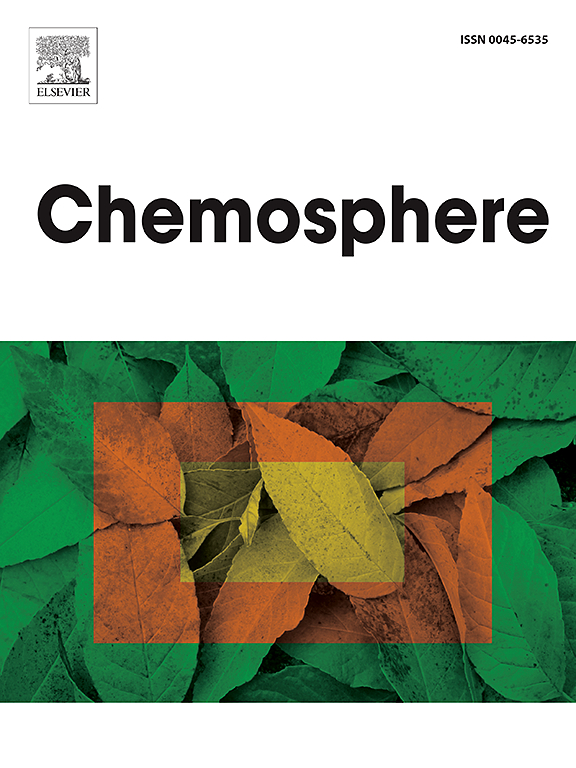Covalent and non-covalent carbon nanotube functionalization: A review for the case of assessment criteria, and practical implementation in wastewater treatment
IF 8.1
2区 环境科学与生态学
Q1 ENVIRONMENTAL SCIENCES
引用次数: 0
Abstract
The rising occurrence of complex and persistent pollutants in aquatic ecosystems has resulted in an increased demand for advanced treatment materials, positioning carbon nanotubes (CNTs) as a highly promising option for wastewater treatment. Owing to their remarkable adsorption properties, structural flexibility, and versatility when compared to conventional materials, research on CNTs is both vital and necessary for the advancement of next-generation water purification technologies. This study presents a comprehensive review of the current literature concerning the adsorption properties of CNTs, systematically evaluating various functionalization methods that enhance the solubility and dispersion of CNTs in aqueous environments, as well as the ways in which these modifications improve adsorption of pollutants. This review specifically emphasizes the comparative benefits and drawbacks of covalent and non-covalent functionalization methods based on assessment criteria, practical application, and feasibility, providing valuable insights into their real-world applications and future potential, ultimately guiding the selection and development of optimized CNT-based systems for effective wastewater treatment.

共价和非共价碳纳米管功能化:评价标准的案例综述及其在废水处理中的实际应用
水生生态系统中越来越多的复杂和持久性污染物导致对高级处理材料的需求增加,将碳纳米管(CNTs)定位为废水处理的极有前途的选择。与传统材料相比,碳纳米管具有卓越的吸附性能、结构灵活性和通用性,因此对碳纳米管的研究对于下一代水净化技术的发展至关重要。本研究全面回顾了目前有关碳纳米管吸附性能的文献,系统评价了各种增强碳纳米管在水环境中的溶解度和分散性的功能化方法,以及这些修饰改善污染物吸附的方式。本文从评价标准、实际应用和可行性等方面对共价和非共价功能化方法的优缺点进行了比较,为它们的实际应用和未来潜力提供了有价值的见解,最终指导了基于碳纳米管的优化系统的选择和开发,以实现有效的废水处理。
本文章由计算机程序翻译,如有差异,请以英文原文为准。
求助全文
约1分钟内获得全文
求助全文
来源期刊

Chemosphere
环境科学-环境科学
CiteScore
15.80
自引率
8.00%
发文量
4975
审稿时长
3.4 months
期刊介绍:
Chemosphere, being an international multidisciplinary journal, is dedicated to publishing original communications and review articles on chemicals in the environment. The scope covers a wide range of topics, including the identification, quantification, behavior, fate, toxicology, treatment, and remediation of chemicals in the bio-, hydro-, litho-, and atmosphere, ensuring the broad dissemination of research in this field.
 求助内容:
求助内容: 应助结果提醒方式:
应助结果提醒方式:


